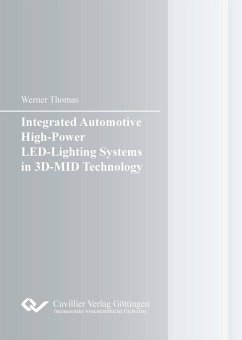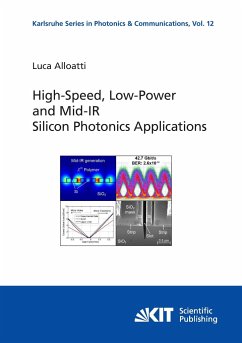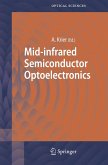The growing energy consumption of lighting as well as rising luminous efficacies and -fluxes of high-power Light Emitting Diodes (LEDs) have contributed to the widespread use of LEDs in modern lighting systems. One of the most prominent users of the LED-technology is automotive (exterior) lighting. It benefits from LEDs¿ high efficiencies and long lifetimes, but furthermore uses their small size as key feature to obtain new degrees of freedom in placing light elements. Although automotive LED-lighting is at the leading edge regarding 3D LED-lighting systems, their current construction is not optimised towards complex design requirements. This thesis deals with decreasing the complexity and improving the degrees of freedom in the design of three-dimensional high-power LED-lighting systems with power electronic LED-driver by enhancing the level of function integration. Three main challenges are identified for the proposed concept and are investigated throughout the thesis. These are the integration of the power electronic LED-driver, of spatial ¿ and electrical-functions as well as of thermal management functions into the three-dimensional multifunctional component.
Hinweis: Dieser Artikel kann nur an eine deutsche Lieferadresse ausgeliefert werden.
Hinweis: Dieser Artikel kann nur an eine deutsche Lieferadresse ausgeliefert werden.







